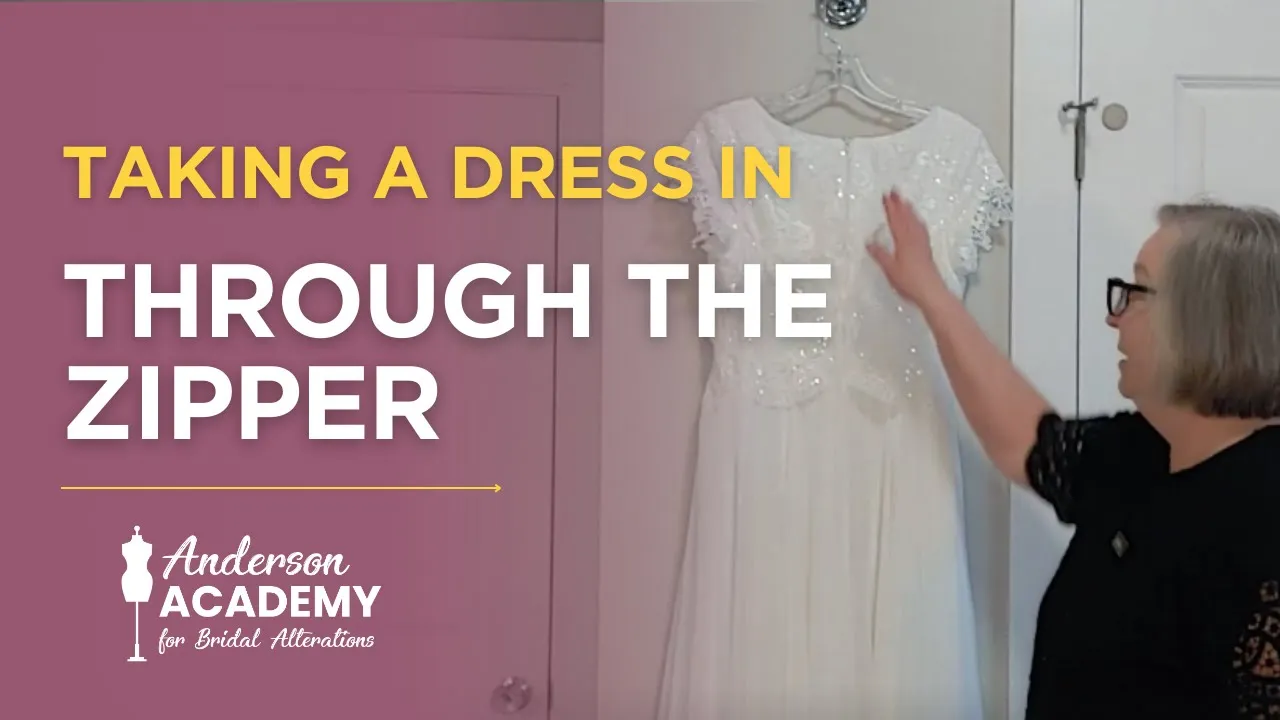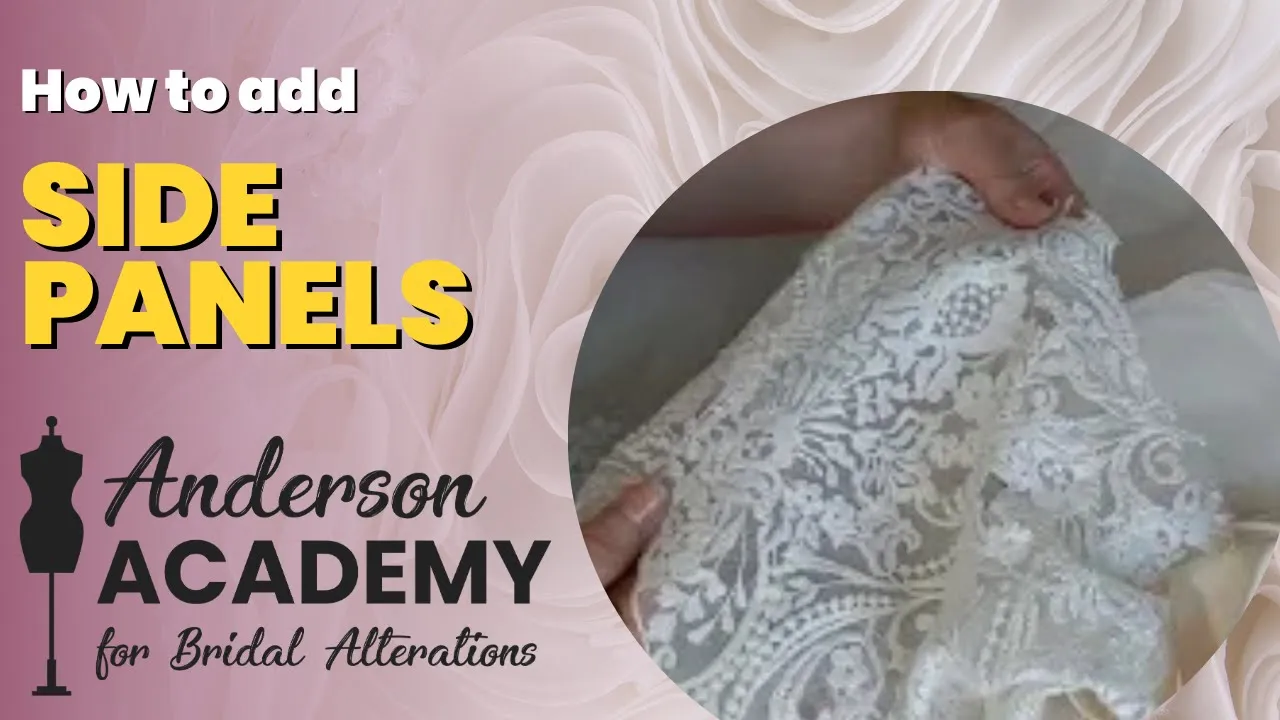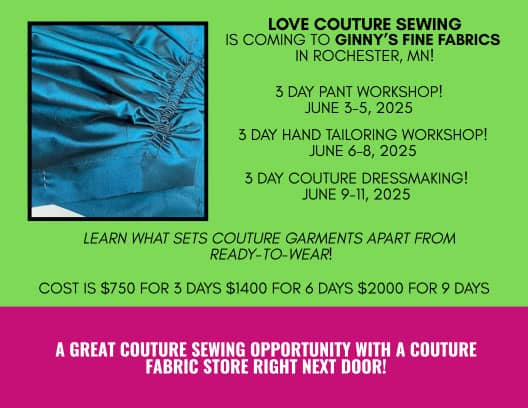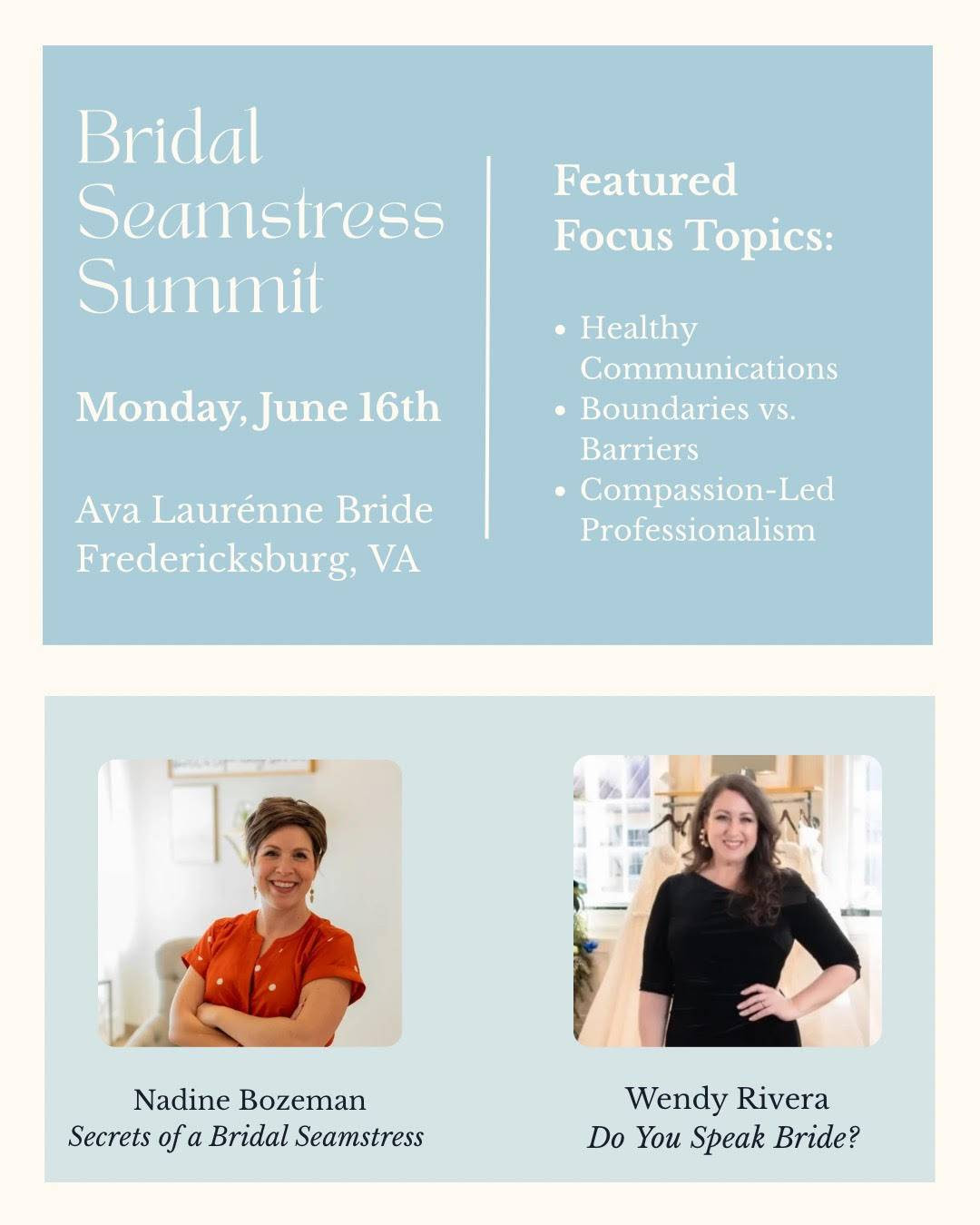Tariff Talk: What’s Happening in the Bridal Industry
There’s a lot of uncertainty swirling around the recent Chinese tariffs, and the bridal industry is feeling it.
During a visit to one of my bridal shops, I noticed a sign posted at the front desk. It read:
“Tariff Update: Due to ongoing changes in the tariff situation, a 10% tariff fee will be added to all special orders. We will cover the remaining tariff costs. There is no tariff fee on off-the-rack purchases or items currently in stock with the designer. We apologize for the inconvenience and hope things return to normal pricing soon. Unfortunately, this is out of our control. Thank you for your understanding.”
It’s just one example of how businesses are doing their best to adapt to changing circumstances—and it’s a reminder that we’re all navigating this uncertainty together. Make sure to give your bridal shops grace as they figure this out. As an alterations specialist, staying informed and planning ahead is more important than ever.
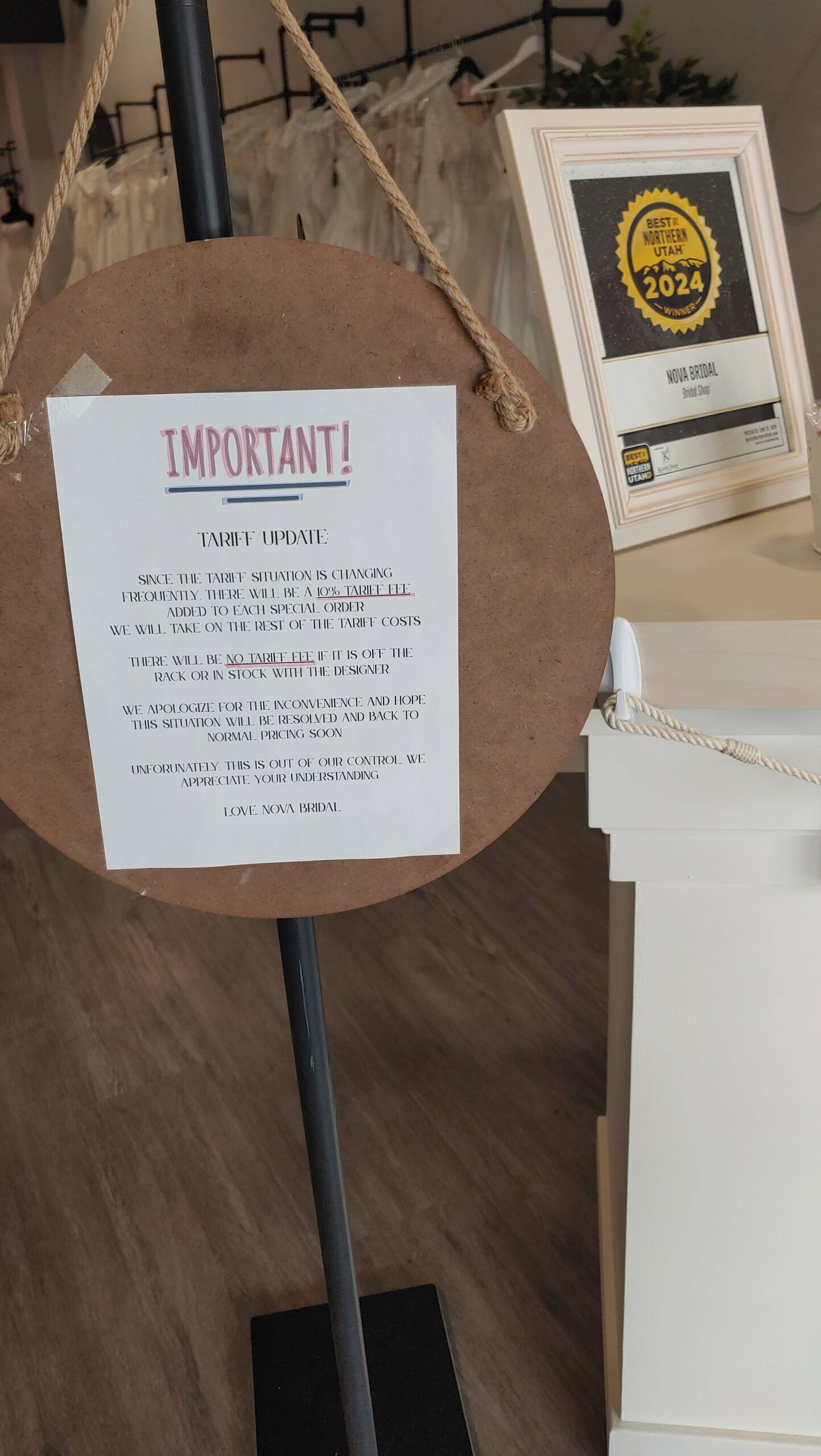
So, What Does This Mean for Us in Bridal Alterations?
In short—a lot. These tariff changes could mean a shift in how brides are shopping. We’re already seeing more sample dresses being sold as “off the rack” and more gowns being ordered in whatever size is available in the designer warehouse, whether it fits or not. And brides may want more budget friendly options for adjustments.
And that means one thing for us: more complex alterations. Time to bring out our magic wands. Sigh…
We’re likely to see an increase in gowns that are several sizes too big, too small, damaged or have had a hard life. (Samples.. sigh.) Brides will need our help and skills more than ever to make these gowns fit beautifully and comfortably—and that’s where our expertise shines.
In the next section, let’s talk about the specific types of alterations we can expect to see more of and how to approach them with confidence.
Here are a few types of alterations you’re likely to see more often:
- Basic mending of sample gowns — Think zipper repairs, replacing missing buttons or hook-and-eyes, and fixing bodices made of delicate English netting (those stylist clamps can be brutal on sheer backs!).
- Significant take-ins — Especially for brides purchasing dresses several sizes too large just to get the style they love.
- Significant let-outs — For brides squeezing into a dress that’s a size or two too small, hoping we can work some magic.
We might also see a shift in how brides think about alterations. Some may request more budget-friendly options or want alterations done with future resale in mind. For example, they might ask us not to trim seams or hems—or request a corset back added while keeping the original zipper intact to preserve flexibility for resale.
Brides may opt for the old fashioned dance loop instead of a Bustle. This is a simple, low budget option that we can offer our brides.
These are all important shifts to keep in mind as we support our brides and run our businesses smartly through this changing landscape.

Now’s the Time to Sharpen Our Skills
As the industry shifts, our ability to adapt is going to be vital. The changes brought on by tariffs and uncertain supply chains mean more brides will rely on us to work miracles—and we want to be ready. This is the perfect time to brush up on your techniques, strengthen your skills, and stay confident no matter what comes your way.
I have too much to share on this tariff subject so I decided to break it down into 2 parts. Part one is about alterations, and part 2 will be about preparing financially for this uncertainty. I will send out part 2 next week. Watch for it in your email box.
Have a wonderful May,
Love
Dee Dee Anderson
I have two sweet friends Barbie McCormick and Nadine Bozeman who have in person classes coming up in June. They are both amazing teachers and I wanted to share their info with you guys. (No, I am not getting paid for this, I just want you guys to be aware of fantastic in person training opportunities out there. )

